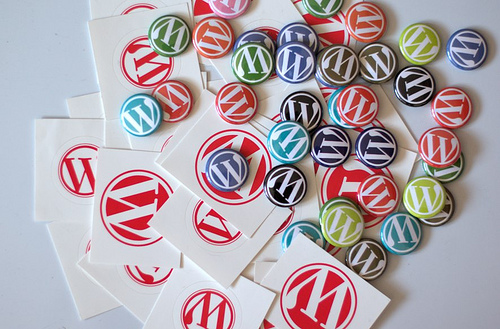Your cart is currently empty!

Get the Most out of Yoast: Use Yoast Effectively
The Yoast SEO plugin is the most popular SEO plugin for WordPress. We install it on all the websites we build or manage. It’s installed on more than five million WordPress websites as of this writing. Statistically speaking, chances are good that your WordPress websites has Yoast installed. But you have to use Yoast effectively to get the most out of the plugin.
Yoast provides a lot of functionality. Read our post on Yoast to learn more. If you don’t have Yoast and you want it, you can download the plugin using the link at the beginning of this post. You can also contact us for help if figuring out plugins is not the best use of your time.
Now you’ve got Yoast, how do you make the best use of it? Yoast does not magically optimize your website for you, nor will it produce great content. You have to use Yoast effectively to get the benefits.
Set up first
You can write your post and then set up Yoast for it. If you get a green light right away, you can do a fist pump and shout, “Yes! I rule!”. If not, you can rewrite your post until you get a green light.
However, we recommend setting up first. That way, you can see when you get a green circle — and also if you overoptimize and end up with an orange light.
To set up Yoast for your post, you simply type your focus keyphrase into the field, as shown below:

Yoast will begin to track your post. Once you have the right number of words, appropriate key phrase density, and so forth, you’ll see a green check mark in the Publish area in the upper right of your editor, as shown below.

Relax and finish up your post. Watch, though — if the check mark turns orange or red, fix your errors before you post.
Watch for tech issues
Sometimes Yoast is mistaken. I’m not saying that Yoast just doesn’t appreciate your style or that authenticity is key. I’m saying that the Yoast SEO plugin is software, and various factors can make it less effective. We used to work with a website built with Divi. Yoast, for that website, believed that the image at the beginning of the post was the first paragraph. It always told us that our key phrase was not in the first paragraph, even when it was in fact in the first paragraph.
Errors of this kind keep Yoast from being as helpful as it could be, but that’s all. Google does not show “optimized with Yoast” web pages ahead of others, or use your Yoast score as part of its ranking algorithm. If Yoast can’t tell that your keyphrase is in the first paragraph, just check it and relax. Your checking is just as good as Yoast’s acceptance.
Don’t forget the meta data
If you finish your post and you still haven’t achieved a green light, make sure your meta description is good. In particular, check the snippet shown below. This is your meta description, the words which will probably show up in the SERPs. Yoast previews the way your post might look on Google.com. The premium version will also preview your page as it might be shown on Facebook and Twitter.

If Google decides that your meta description is not an accurate summary of your page, they might choose something other than your snippet, so make sure to be honest. Yoast won’t check for that. Getting too carried away with making Yoast happy could, in that case, backfire.
You should also check to make sure that you have included alt text for your photos. Catching these two items will often change a yellow light to a green light in your Yoast plugin.
Keep your goals in mind
As a website owner or marketer, you should feel a sense of satisfaction when your blogger produces those lines of green lights that you see below.

What if you don’t see all green lights, though? Should you be upset?
Here are a couple of things that could keep your posts from getting green lights:
- Maybe your blogger isn’t actually using the plugin. See whether the post is set up with a focus key phrase as discussed above. Ask your blogger to use the tool if you want them to do so. It’s easy and useful, so they should not object. While we have seen plenty of folks install the plugin and never use it, you can’t use Yoast effectively by ignoring it.
- Maybe the post in question is not being used for SEO purposes. For example, a post giving your holiday hours might not need to be as long as Yoast demands. It should show up when people search for it, but you don’t really need to beat your competitors for “Holiday Hours,”do you?
Red readability lights aren’t great news, but there are reasons. If you are writing at a very high reading level (why are you doing that?) you might end up with a red light on a post which is just what you want. Red SEO lights are, in my experience, always fixable. They don’t guarantee good quality content, but they can certainly improve your chances — if you use Yoast effectively.

Leave a Reply